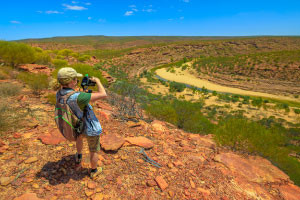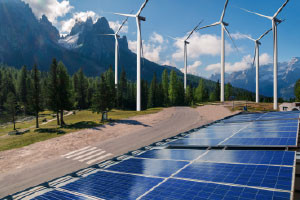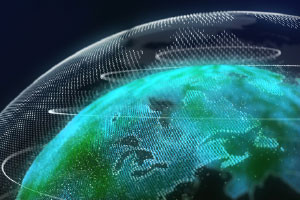Description
A round-the-world regatta's course takes the boats through the Mediterranean Sea, the Atlantic, the Southern Indian, and the South Pacific Oceans. The skippers encounter a wide range of oceanographic situations on their voyage, including strong currents, floating ice, various wave formations, and biological diversity.
The student will learn about the fundamentals of oceanography in this course. You'll learn about the ocean floor's classification and formation, how current sea satellite analysis systems work, the chemistry of the oceans, and the processes that led to its formation.
Syllabus :
1. The Mediterranean: a model of an ocean - Temperature, salinity and pressure.
- Video Course Presentation
- Introduction
- Temperature, salinity, density
- Introduction: Vertical profiles for T and S on the Catalan coast, NW Mediterranean.
- Vertical stability
2. The Mediterranean: a model of an ocean - Water masses and circulation
- The formation of dense water and water masses
- The Mediterranean a model of an ocean
- The pressure gradient force
- The Coriolis Force
3. The Global Ocean
- From the Mediterranean to the ocean. Changing scales past Gibraltar
- The water cycle on the planet
- The confinement of the ocean and the freedom of the atmosphere. Exchanges of energy and evaporation. Heating and cooling. Consequences of ocean dynamics.
- Vertical structure by density. Intrusions and intermediate waters
- Circulation, water masses and the internal structure of the oceans. Geostrophy or how ocean structure reflects circulation and how the circulation affects structure
- Wind-induced circulation. Ekman and upwelling.
- Instabilities. Inertial motion. Mesoscale.
- Deep and intermediate water formation
- Climate impact. Heat distribution on the planet. Hidden heat.
- Non-linearity and instabilities: Niños and Niñas
- A three-dimensional environment, with little or no visibility and no fixed references
- A sea full of life: the pelagic and benthic environments. Near to and far from the coast. In light and darkness.
4. Satellite oceanography: all eyes on the planet (I)
- Introduction
- Can we do something similar for the ocean?
- Why do we want to use remote sensing for oceanography?
- Sensing the ocean surface from a satellite
5. Satellite oceanography: All eyes on the planet (II)
- Microwave radiometers
- Sea surface salinity determined by microwaves
- How is this used in satellite oceanography?
- scatterometer wind vector retrieval
- Radar altimeter: the revolution in operational oceanography
- Beyond satellite measurements: navigation and communication
- The Argo array of profiling floats
- Operational oceanography
6. Ocean chemistry: a chemical industry with wall-less pipes
- Introduction: Ocean chemistry
- Water, solutes and particles
- The biosphere's vertical axis and the vertical segregrations of the elements
- The carbon carbonate system
- The chemistry of the global ocean conveyor belt
7. Ocean basins: a memory sustained for millions of years
- Introduction: The result of the evolution of the Earth's crust. Ocean basins
- A bit of history
- The result of the evolution of the Earth's crust
- Paleoceanography Introduction
- The marine record of glacial and interglacial cycles of the Quaternary
- The role of the oceans in the rapid advance of climatic variability
- The Carbon cycle as feedback for climate change
- Summary
- The marine sediment system as a response to the conditions and evolution of the medium
- Typologies of marine biogenous and hydrogenous sediment
- Biogenous sediment









